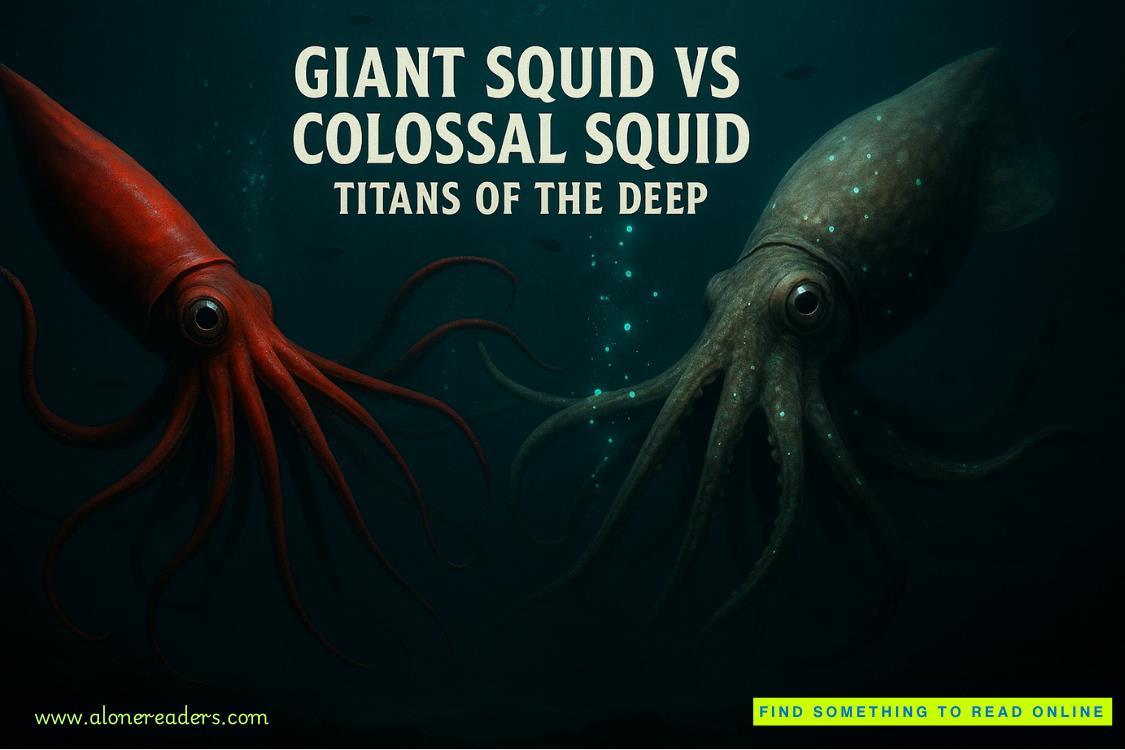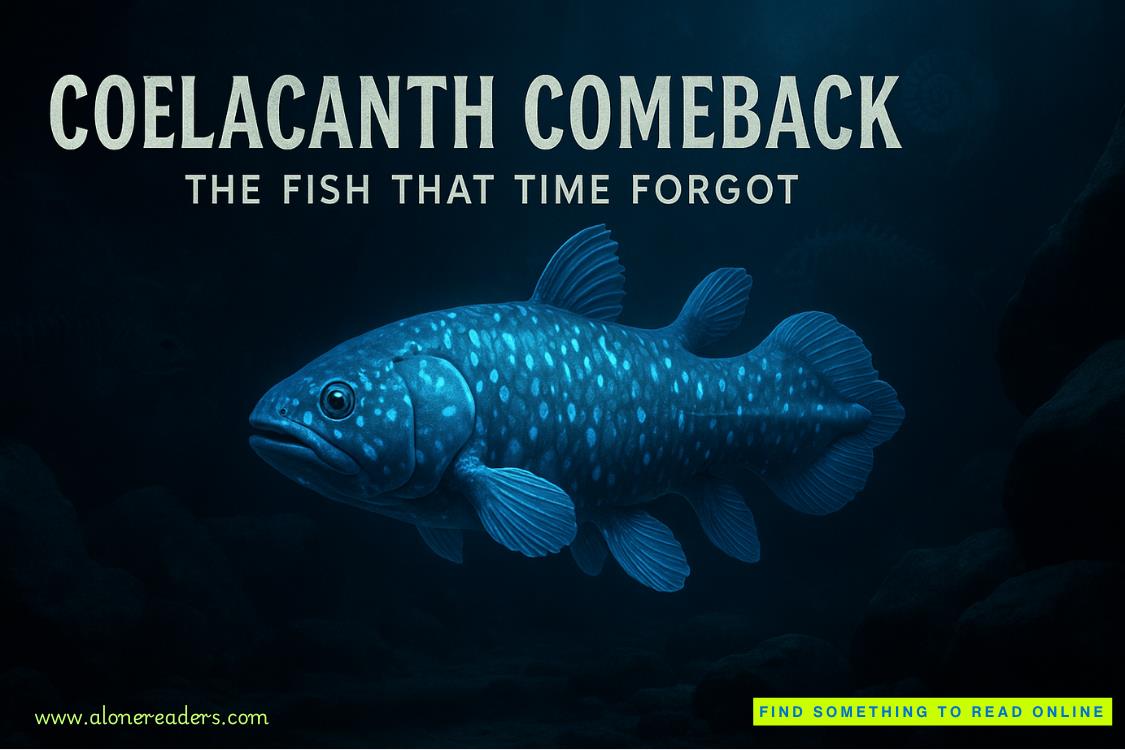Page 217 of Everfound (Skinjacker 3)
On July 16, 1945, the human race reached the single most important man-made moment in its history. In the Jornada de Muerto—“Journey of Death”—desert, near Alamogordo, New Mexico, mankind discovered the power to end all life on earth. Until that moment, it had only been an idea, a mathematical calculation in the minds of geniuses who could theorize a step beyond the average individual. But on that fateful day, the smartest minds in the world, funded by the wealthiest nation in the world, toward the end of the most devastating war the world had ever known, turned theory into reality.
The first atom bomb, modestly called “The Gadget,” was detonated, in the single greatest moment of earthly invention and destruction, for the power to create always goes hand in hand with the power to destroy. The twenty-kiloton blast firmly put the blade of self-annihilation into the hands of mankind, and from that moment on, nothing on earth would ever be the same.
The bomb was not beloved, but even so, the universe could not ignore such a world-altering event, and so at the very instant The Gadget was dropped from its tower and detonated, the entire blast zone crossed into Everlost, becoming the world’s largest deadspot, perfectly round, and perfectly preserved. And at ground zero, the very center of the deadspot, sat the bomb itself. While its atoms had been shredded in the living world, in Everlost, The Gadget sat a millimeter above the Journey of Death desert, poised at the last microsecond before detonation, waiting at that final moment of infinite possibility.
Waiting, perhaps, for Mary Hightower.
CHAPTER 46
The Sum of All Tears
Mary Hightower and her huge cumulus of Afterlights crossed the Nevada desert, pulled by Mary’s conviction that something spectacular lay ahead of them. They carried with them more than twenty Interlights whose bodies lay comatose back in the town of Artesia. If all went according to plan, every single one of them would awake as a skinjacker.
On a bright chilly January morning, Mary stepped from the living-world desert, and onto the Trinity deadspot. Mary was not a girl easily impressed. She had seen many things in her deathtime, but nothing could prepare her for this moment. All around them, on a deadspot that stretched for more than a mile, was a treasure trove of crossed objects. The ground was a giant repository of random items. Chairs and cars and toys and clothes and books and boxes and basically every type of manmade object imaginable stretched for as far as the eye could see. Flashes of static, like tiny forked lightning, sparked around them every few seconds; phantom branches of light, shooting between metal objects.
Clearly this wasn’t just a deadspot; it was some kind of vortex. In all her years in Everlost, bargaining and trading with finders for crossed items to keep her children in perpetual comfort, she had never had seen so many things. Not even her brother, during his monstrous days filling the cargo holds of the Sulphur Queen, had ever accumulated this much! Mary had no idea where it had all come from, but that didn’t matter. All that mattered was that it was here now, for her, and for her children.
“Is it real?” one of her younger children asked.
“Of course it is,” Mary answered. This was not exactly what she had imagined when she pictured the place she was being drawn to, but in its own way it was better. It was very clearly the center of gravity, the focal point of the world.
Mary and her children wandered through the maze of crossed belongings, spellbound by all the things around them.
“What is this place?” her children asked.
“The heart of Everlost,” she told them. “We’re finally home.”
Mary, as it turns out, was not the first to stumble upon the Trinity vortex. Another resourceful, if somewhat water-logged, spirit had gotten there first.
After the attack on the train, hundreds of refugees had scattered. Only some of them had rejoined Milos. The rest formed their own vapors and went their separate ways. Many had been reabsorbed into Mary’s growing cumulus as they stormed across Texas into New Mexico, but one group, numbering close to a hundred, had been shepherded by none other than Speedo.
Speedo never fancied himself much of a leader, but because he had been close to Mary, because he was the train’s conductor, and because he had been the only nonskinjacker with special privileges, he was the one his group of refugees turned to for guidance.
“Well, Mary wanted us to go west, so we’ll go west,” he had told them. He didn’t know what he would find there, but it sure beat hanging around to be attacked by the Neons again.
What a marvelous surprise it was to stumble across the giant deadspot, just a few weeks later. It was a Finder’s delight—and Speedo, who was still a Finder at heart—knew a great business venture when he saw one. Why, with all this stuff, he would be the wealthiest Finder in all of Everlost! So, like an old-fashioned prospector, he staked his claim and had his Afterlights begin the monumental task of cataloging all his new finds.
He had no idea what this place was, but to Speedo, it didn’t matter. He had big, big plans for his business empire . . . but it all came crashing down when Mary Hightower showed up. All his Afterlights instantly abandoned him in favor of Mary, and there he stood, his hopes dashed, and his claim jumped. Speedo suddenly found himself, both literally and figuratively, all wet.
Mary was, of course, surprised to find Speedo there, but pleased as well, because it added quite a few more Afterlights to her growing cumulus. She would soon have to come up with a new word for them. Thunderhead, perhaps. “A thunderhead of Afterlights.” She rather liked it!
“Thank you so much,” she told Speedo, “for taking care of these children and finding this wonderful place for me.”
“Right,” said Speedo, “for you.” There wasn’t a trace of his typical over-wide smile on his face.
Around them, Speedo and his squad had begun to separate things into piles. One pile caught Mary’s attention. At first glance it appeared to be a pile of bodies.
“What on earth?”
“Oh, don’t worry,” said Speedo. “I know what it looks like—but they’re just plastic.”
“Plastic?”
“Yeah, I know. Weird, right? Lots of weird things here.” Then he got a little bit quiet. “But that’s nothing. I’ll show you the weirdest thing of all.”
The plastic personages scattered about the deadspot might have seemed odd if one didn’t know where they came from. The fact is, it was common for many nations to use test dummies to discover the effects of a nuclear blast on the human body. Entire communities were evacuated and test dummies were installed in the homes, and then bombed. The communities were usually old military housing, but sometimes not. There were entire islands in the South Pacific blown to radioactive smithereens, along with the abandoned homes of those who once lived there.
And, of course there were the wartime attacks on Hiroshima and Nagasaki that not only took things, but people as well. In those two deadly blasts, more than 100,000 souls were instantly sent into the light, bringing a tragic end to a painful war.















